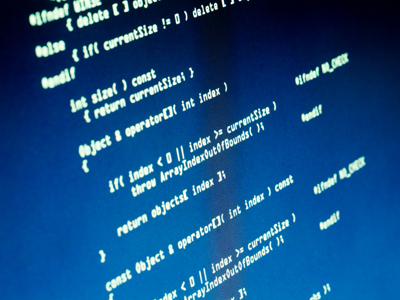
See if you can crack these codes!
Verbal Reasoning - Number Series 1
This Math quiz is called 'Verbal Reasoning - Number Series 1' and it has been written by teachers to help you if you are studying the subject at elementary school. Playing educational quizzes is an enjoyable way to learn if you are in the 3rd, 4th or 5th grade - aged 8 to 11.
It costs only $12.50 per month to play this quiz and over 3,500 others that help you with your school work. You can subscribe on the page at Join Us
In this quiz you have to find the number that continues the sequence in the most sensible way. You will be offered a sequence of numbers, and you have to find the missing number each time. Some questions will be straightforward, and you will just have to work out the relationship between the first two numbers, then between the second and third and so on. Some will be more difficult, requiring you to add different numbers in the sequence. An example has been done for you.
2, 4, 6, 8, 10 (?)
12
11
14
2
The correct answer is 12 because the numbers are going up by 2 each time. 10 + 2 = 12.
1, 5, 9, 13, (?)
121, 100, 81, 64, (?)
2, 3, 5, 7, 11, (?)
4, 16, 5, 25, 6, (?)
543, 432, 321, 210, (?)
31, 37, 41, 47, (?)
8, 12, 16, 20, (?)
0, 1, 1, 2, 3, (?)
987, 876, 765, 654, (?)
2048, 1024, 512, 256, (?)
Ready for more?
not all...
quizzers. Try to win a coveted spot on our Hall of Fame Page.







